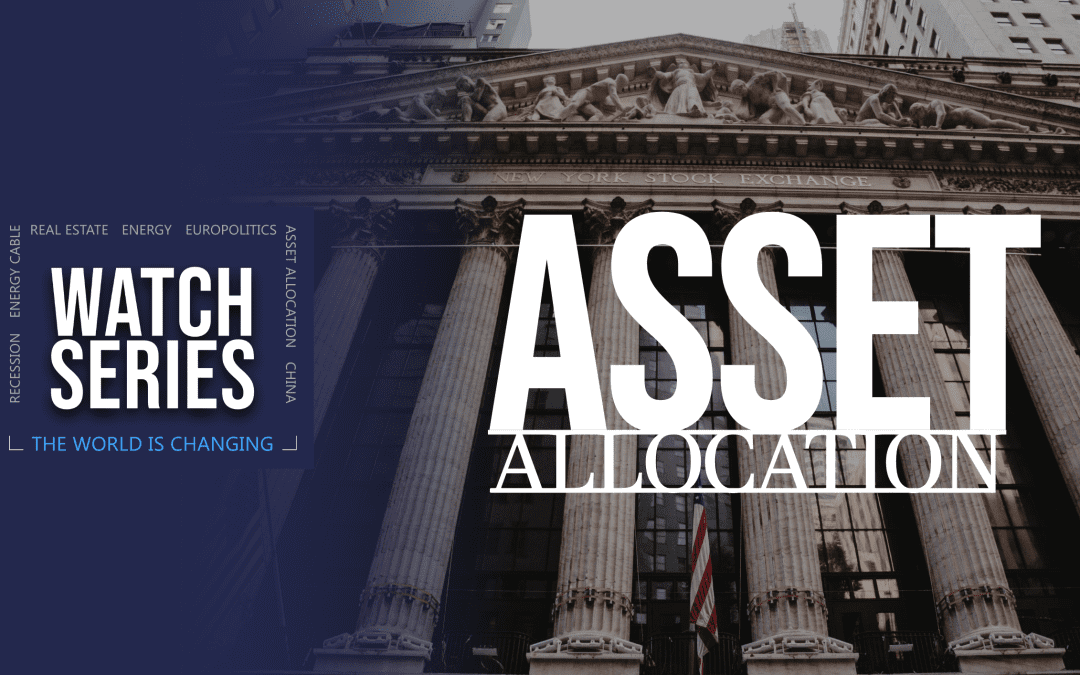What if the Fed is wrong, we are wrong, and the consensus is wrong? Here’s a look at liquidity, rates, and commodities amidst a macro landscape with a very broad outcome space for the coming 12-18 months.


What if the Fed is wrong, we are wrong, and the consensus is wrong? Here’s a look at liquidity, rates, and commodities amidst a macro landscape with a very broad outcome space for the coming 12-18 months.

The CBO has markedly worsened the deficit outlook since the last issuance update from the US Treasury in April. Expect the Treasury to communicate a sizable increase in the issuance target, but also expect them not to follow through on it. Let’s look at why.

It seems like old hat to discuss the weakness in labor markets as the cyclical vibes are getting stronger out of the high-beta economies globally. Will the US cycle follow suit?



We are not miles from the needed threshold level of USD reserves in the system and the Fed is aware of that. This is a strong reason to believe that liquidity conditions will remain benign from here on a trend basis.

While the rate of change is turning bearish on growth- and inflation, we may (temporarily) end up in a goldilocks scenario in July. Bonds tend to perform alongside equities in such a scenario. Buy risk and head for the summer cottage?

There is a material cluster risk in metals ahead of July deliveries and the consensus remains alarmingly upbeat in Gold, Silver and Copper. Here is why it could turn into a July bloodbath in metals.














The liquidity outlook is murky at best for the next 2 weeks, which is starting to take its toll on risk markets as it is paired with continued re-inflationary vibes.



Liquidity will improve markedly from 16th of June and onwards, while we continue to see rolling melt-ups in real world assets. We see an increasing risk of a new melt up in commodity space.














The sudden optimism around the ETH spot ETF approval has reignited Crypto optimism. Another sign that monetary policy is probably not overly tight here and that liquidity is flowing still.

The recession narrative has returned after a series of weak PMIs. Betting against the returning recession hysteria has been a profitable strategy since April-2020, but will it be so again this time? Hallelujah!














The embedded value in risk assets is improving, but the USD wrecking ball will continue into this week. The question is whether we have imminent action ahead from the BoJ/MoF or the PBoC as a consequence.














Our quant PCA tool flags USD liquidity as the most important macro driver so far in April, which is interesting given the ongoing tax season. The worst is probably already behind us even if the tax season runs for another 10-12 days.














Powell admitted to the lack of progress on inflation in recent months, but the implicit bias is still dovish. The debate is still centered around WHEN rates will come down, not around IF rates will come down.

It feels reminiscent of early 2021 in many ways with a very hated rally that keeps getting liquidity fuel. Central banks remain biased towards easing and will allow the economy to reflate with liquidity.


Just as we identified in last month’s regime – and as our asset allocation model predicted -, risk assets have indeed performed. Question is if they will continue to. As always, we present our model framework on how to structure your portfolio.

With an increasingly tricky timing of the first rate cut, we look for tradable trends in balance sheets instead. Balance sheet trends are easier to predict, which makes them very tradeable. Here is why!



Powell had his fun in December and now Yellen is preparing her next move. Here is how we play it


The liquidity conditions will likely worsen in US Treasury markets, and it is now a topic that is being addressed continuously by Fed members. Will the Fed opt to “suspend” the supplementary leverage ratio again?














Is US inflation going to surprise on the upside in the US? Relative liquidity developments continue to support the idea of higher USD-flation compared to EUR-flation.


As Lorie Logan hinted on Friday, the QT policy is running on fumes at the Fed, which leads us to ask the question; “How do we trade the QT taper and the subsequent more benign bank reserve bank case?”














The liquidity tailwinds paired with fading Red Sea fears lead equities higher again. The mini positioning wash-out leaves a good entry-point for Q1 risk-on trade here.














This week’s inflation numbers are unlikely to fuel receiver bets in USD fixed income, while freight rates remain the center of attention. Meanwhile, liquidity is improving fast.


Limited upside in the ISM Manufacturing index as we await a dovish EUR-flation number coming in on Friday. There are plenty of things to look at in the global macro landscape this week.














A relatively nasty start to the year with an according mini wash-out in positioning. Will liquidity be sufficient to keep risk assets bid through the month?



Happy New Year to all of you! Powell and Yellen will deliver a sizable “stealth QE” New Years gift to all of us, but mostly to banks. The liquidity addition will likely be one of the fastest on record. Here is why!














The weekly EIA numbers keep surprising with extremely strong energy demand, while USD liquidity is about to soar further. Interesting cocktail, which is not necessarily disinflationary in the US in 2024.














The USD is trading weak versus especially low-yielding peers, which is consistent with a bull-steepening of the yield curve. The question is if the SNB and the BoJ will have to change plans due to stronger FX developments.



Risk assets are unlikely to sell off until the liquidity tricks come to a halt. Another trick up the Fed’s sleeve is now adding to USD liquidity ahead of New Years. A nice present from Powell and Yellen to banks!














USD liquidity is ample ahead of turn, which makes for a slightly bearish USD case. Meanwhile, risk assets are likely to continue to enjoy the cocktail of 1) improving liquidity, 2) inflation surprising on the low side and 3) growth holding up ok.














Risk assets remain in overbought territory and weak FedEx reporting triggered a reversal. They say that FedEx is the economy, which is why 2024-tails keep getting fatter.